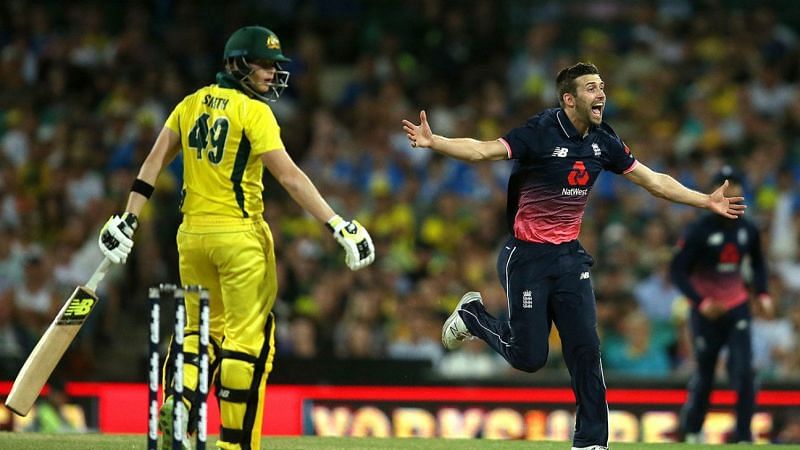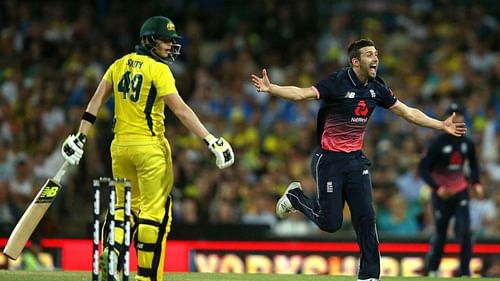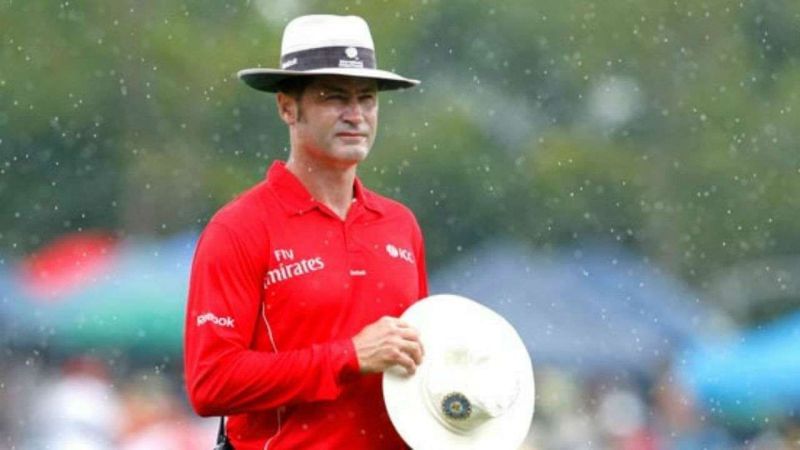
Soft Signal: A blessing in disguise?

During the early years of DRS, the dispute was about questioning an umpires' decision. Now, many years later, another dispute is that maybe technology should question the umpires' decision. The 'soft signal' by an on-field umpire was introduced to help the third umpire, but it has become a source of debate, especially when catches are referred.
Elaborating on the rule, before turning up to the third umpire, the on-field umpire has to take the decision whether it's out or not out. The third umpire must have conclusive evidence to turn the on-field decision. If there is no conclusive evidence, then the decision remains unchanged.
Is the soft signal needed?
After the soft signal, the third umpire needs conclusive visual evidence to overturn the on-field decision. The reason for the dispute is on-field umpiring errors. If the umpire is inexperienced, then the official could make a decision taking into consideration the reaction of the players. These small errors can eventually change the course of a match.
Consider this instance from the Indian Premier League last season. The Kings XI Punjab were up against the Rajasthan Royals. Sanju Samson took a blinder but the soft signal was given 'not out'. However, replays showed that the catch was taken but the third umpire was unable to find any conclusive evidence to overturn the decision.
Another instance was in the last year's Australia versus England ODI series when Steve Smith was given out edging low to Jos Buttler, who instantaneously celebrated. The soft signal was given out. But replays showed the catch was not claimed cleanly. The absence of conclusive evidence resulted in Smith walking back to the pavilion. Later, Smith called for an end to the practice of soft signals by the on-field umpires. Later on, Australia lost the third ODI against England.
Indian captain Virat Kohli had to face the harsh situation in Perth during the Border Gavaskar series last year, where Peter Handscomb claimed a catch with the ball having bounced before he grabbed it. This left many people fuming due to a difference in opinion.
What do experts say?

However, the legendary umpire, Simon Taufel, said that the on-field umpire cannot simply pass on all the umpiring decisions to the TV umpire, bypassing the role of decision making. The advantage of the soft signal is that the third umpire can also have a confusion-free decision as he already has a perception of the on-field umpire.
Conclusion
Every situation has its upside and downside. During the recently concluded first ODI against Australia, MS Dhoni had miscued a shot and it had landed just in front of Marcus Stoinis, who was surprised that he had been able to take the catch (although he had not) and claimed the catch was taken but he was not sure about it. The on-field umpires gave the soft signal as not out. During the match, people were satisfied as the umpire was able to recognize the situation.
In my opinion, the soft signal should continue as it allows the TV umpire to evaluate what actually happened on the field instantaneously. The umpires should not make a decision according to the reaction of the players. The best solution to this problem would be if the ICC conducts meetings about this situation as there are some instances where the on-field umpire has given the right decision. This process should be given more time.